 |
| Mechanical Heart by Bill McConkey |
The format of SciFi Art Now - out this October - is such that it promotes the art of the creators, but there's not much room to tell you more about them and their work. We're publishing interviews with creators here to redress the balance.
British illustrator Bill McConkey has been a freelance illustrator for the past eight years, and in that time he's been fortunate enough to work with some of the biggest names in UK publishing including work for New Scientist, Egmont Books, Men's Health, Scholastic Books, Mojo, Wired, MacFormat, The Guardian and many, many more...: I work predominantly in the editorial market; working to quite tight deadlines on a regular basis for a variety of major magazines on all manner of subjects. That's everything, from horoscopes, lifestyle to technology, health and of course a bit of Sci-Fi here and there. In fact I've produced somewhere over 2000 images for print, my images have appeared in various books about illustration, and last year I was also presented with an award for my contribution to the field of medical illustration.
SciFi Art Now: How has your work evolved in the eight years you've worked freelance?Bill: Unusually for an illustrator in which a 'recogniseable' style is seen as a prerequisite for a successful career, I've adapted and changed my work greatly over the years. Originally I started out as a digital collagist in the vein of artists like
Dave McKean, then when digital cameras became more advanced my work became far more photographic, only for the work to then return to a more painterly quality. I suppose this came about with advancements in tablets and brushes in Photoshop and Painter.
Finally, the majority of my work and most popular style at the moment is my line work, which I suppose in a way brings me full circle, as my earliest influence was the American comic book.
SciFi Art Now: What tools do you mainly use to create your art?Bill: I always work out thumbnails by hand, usually in a notebook, but the final image, regardless of style, is done digitally via Photoshop. Other equipment I use are digital cameras, a Wacom tablet, and I dip into programs like Illustrator, Poser and Painter when required.
SciFi Art Now: Why?Bill: I started out as a traditional mixed media artist and then taught myself how to use computer software later. The transition from analogue to digital was surprisingly smooth, as I'd already been making complex collages in a series of layers anyway.
The reason I use Photoshop is for the flexibility of the program, the depth and quality of finish i'm able to achieve and the ability to make alterations almost instantly; which given my deadlines is a must!
SciFi Art Now: What inspired you to become an artist?Bill: I'm not sure there was ever one thing, person or experience that inspired me to go down this arduous route of being an illustrator. The fact is I showed talent from an early age, and when your good at something you want to do it all the time. I also think my brain was always just wired this way; I have family photos where my brothers had just bought remote control cars which must have been the "in thing" at that time and are proudly displaying them to the camera. I on the other hand had spent my money on a copy of the
The Complete Works of Lewis Carrol!
Why? It was heavily illustrated by the likes of
John Tenniel,
Arthur Rackham,
Edmund Dulac etc... Even from an early age I had an eye and passion for quality illustration.
SciFi Art Now: What was the most useful piece of advice you were given when you began learning your craft?Bill: Unfortunately I don't think there's ever been one stand out piece of advice, more an amalgamation of things... I think you take what's useful and applicable to you, sometimes just snippets of information and apply it in real life.
SciFi Art Now: Which artists most inspire you?Bill: There are way too many artists to mention here, and the list is constantly changing, but I would say I've always favored the illustration work from America; that's everyone from Golden Age; like
Norman Rockwell and
JC Leyendecker through to new wave like
Brad Holland and
Marshall Arisman, and on to contemporary artists.
I really like the work of
Tim O'Brien at the moment; who produces gorgeous realistic oil paintings in a matter of days for some of the biggest magazines in the world such as
TIME,
Rolling Stone and others. Other illustrators I follow at the moment are;
Yuko Shimizu, Tomer Hanuka, and countless others. Many are on the site;
www.drawger.com SciFi Art Now: What's the appeal to you of science fiction as an inspiration for some of your work?Bill: Well, not unlike a lot of Fantasy/SF artists I grew up with things like
Star Wars, Marvel and DC comics,
2000AD... I dare say seeing these things at such an early age has had a dramatic effect on a generation.
The appeal of working in this genre is that I suppose you revert that childlike sense of wonder, where creating is just a joy and anything is possible if you are able to imagine it... also drawing Aliens, weird and wonderful worlds, Robots, Spacecraft are, let's face it, just plain cool!
 |
| John Grant, for Mojo magazine |
SciFi Art Now: Do you have a favourite piece of work or project you have worked on?Bill: It's hard to pick a favourite image. As I've already stated, I have quite the back catalogue and on all manner of subject, but I suppose a recent successful job was for
Mojo magazine; where I was asked to provide a portrait of the American musician John Grant [
whose work includes the album Queen Of Denmark - Ed
- Ed]. A short while ago John actually emailed me to tell me how he absolutely loved the artwork, and now he owns a signed print of the illustration.
Another picture that seems to resonate with people is actually an image that appears in
SciFi Art Now, which is of a robot with a mechanical heart. That was is done in my more photographic style and it's just one of those images that kind of transcends... so I'm glad that even more people will get to see this as a result of the book.
SciFi Art Now: In your career, have you had any bizarre experiences while creating your art?Bill: I haven't had too many bizarre experiences. I've met plenty of bizarre art directors though!
SciFi Art Now: What most frustrates you about being an artist?Bill: Where do I start? It's an odd thing in that often illustrators like myself are incredibly disciplined, because we have to work and keep to schedules and deadlines, and of course there's a pressure to constantly produce great work, so consistency is key, however the job is anything but stable. You're often at the mercy of a commissioner's whims, to say nothing of fashions/trends... and then there's the whole financial thing, of negotiating the right fee and then more often than not chasing up payment...
Another big thing is that at the moment pretty much whenever I plan to do anything on a weekend, I can generally guarantee I'll get a job through, which means i'm constantly letting people down as I always have re-arrange my plans, Being a jobbing freelance illustrator means I can't pick and choose as and when my deadlines are.
SciFi Art Now: What keeps you going despite the hopefully occasional frustrations?Bill: It's this simple; when you get a great brief through, with a great art director then I have probably the best job in the world.
SciFi Art Now: What advice would you offer to anyone starting out as an artist?Bill: First of all you've got to love it,. You don't become an artist because you want to make lots of money, you don't do it because you think it looks a cool lifestyle... you do it, because you are passionate about it.
In fact, I often feel like I had no option in the matter, it's just what I am and what I've always done. Tto go against it would to go against the very fabric of who I am.
Secondly, read about the subject and become steeped in its history; this shouldn't be a chore, this ties in with the first point, because only by having a full understanding of the subject can you understand your place within it.
Thirdly, continue to develop your talents and try and be the best you can be.
• More of Bill's work can be found at: www.billmcconkey.co.uk
• Contact Bill via his blog - www.billmcconkey.blogspot.com - or via email, which can be found on his web site.
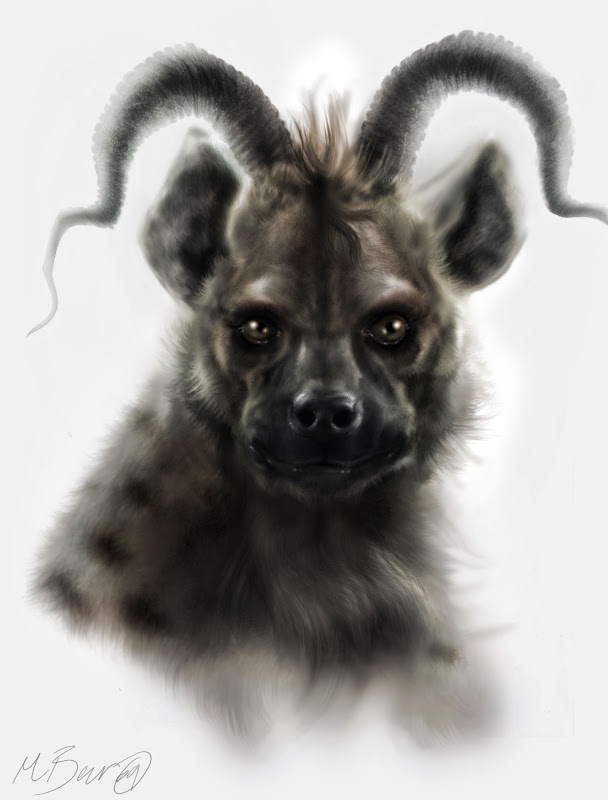 SciFi Art Now contributor Mark Beer has been in touch to say that he's still trying to make it as a comic book cover artist, but in the mean time has been keeping busy in the film industry.
SciFi Art Now contributor Mark Beer has been in touch to say that he's still trying to make it as a comic book cover artist, but in the mean time has been keeping busy in the film industry.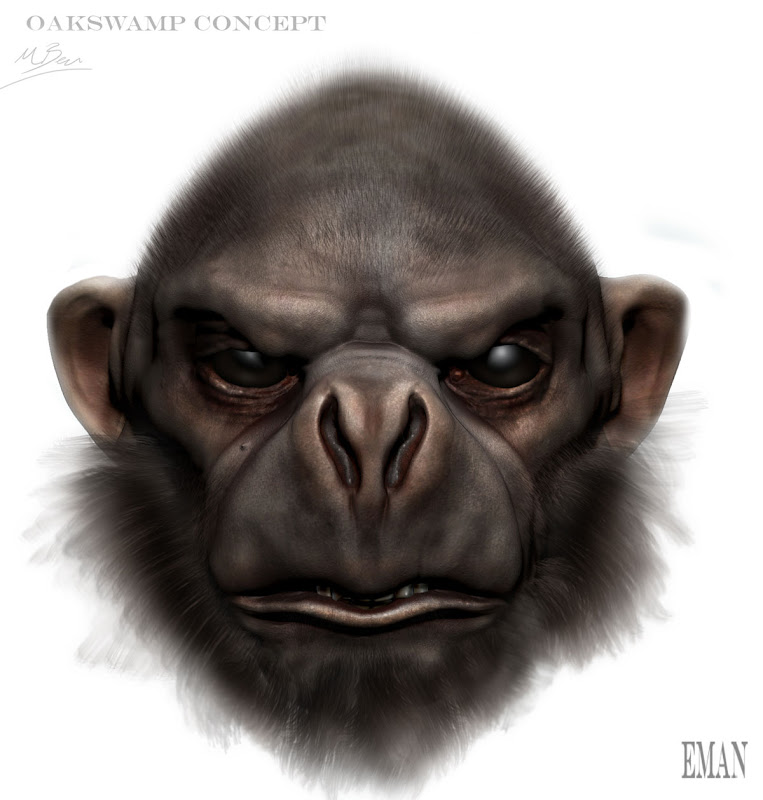 "The time when only big studios could make big visual effects heavy features has passed," says Boston-based director Jedidiah Burdic, whose first film, Silk Trees has been completed and awaiting distribution.
"The time when only big studios could make big visual effects heavy features has passed," says Boston-based director Jedidiah Burdic, whose first film, Silk Trees has been completed and awaiting distribution.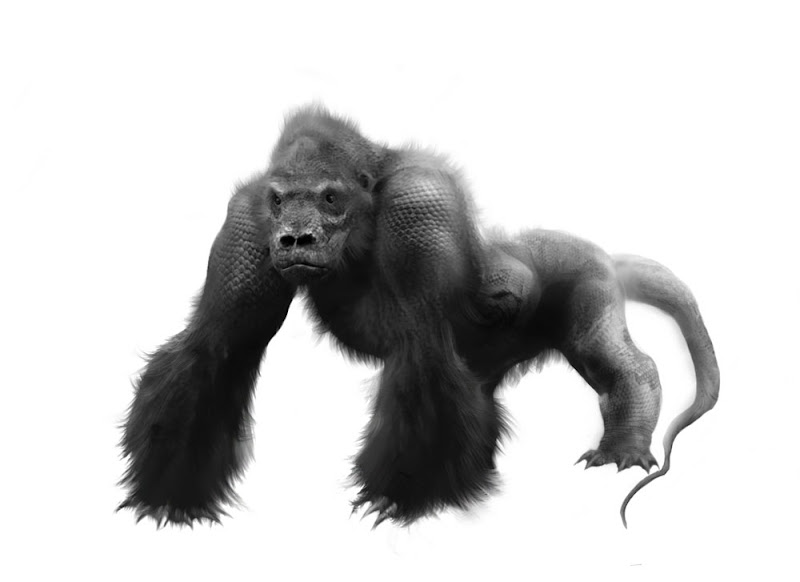

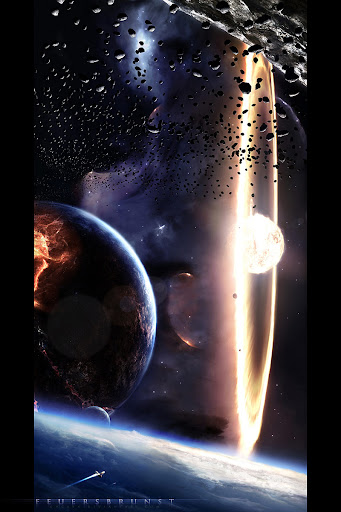




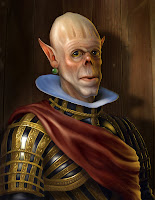









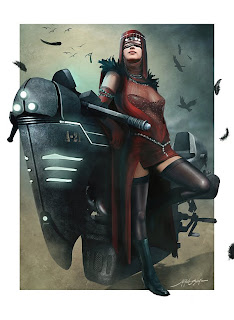
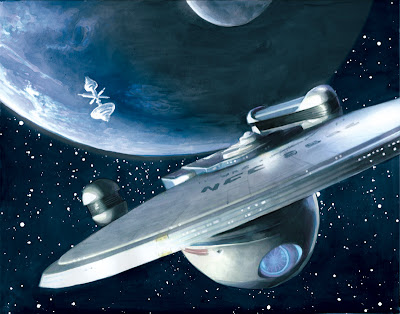
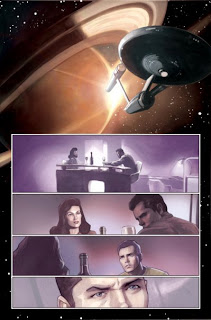

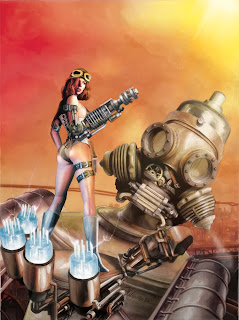







 Dave is the cartoonist for Geoscientist magazine, a small press comics producer, who works as a technician by day. He's currently running an appeal on his blog for cartoons featuring a character called Norman and, possibly, a book?
Dave is the cartoonist for Geoscientist magazine, a small press comics producer, who works as a technician by day. He's currently running an appeal on his blog for cartoons featuring a character called Norman and, possibly, a book?